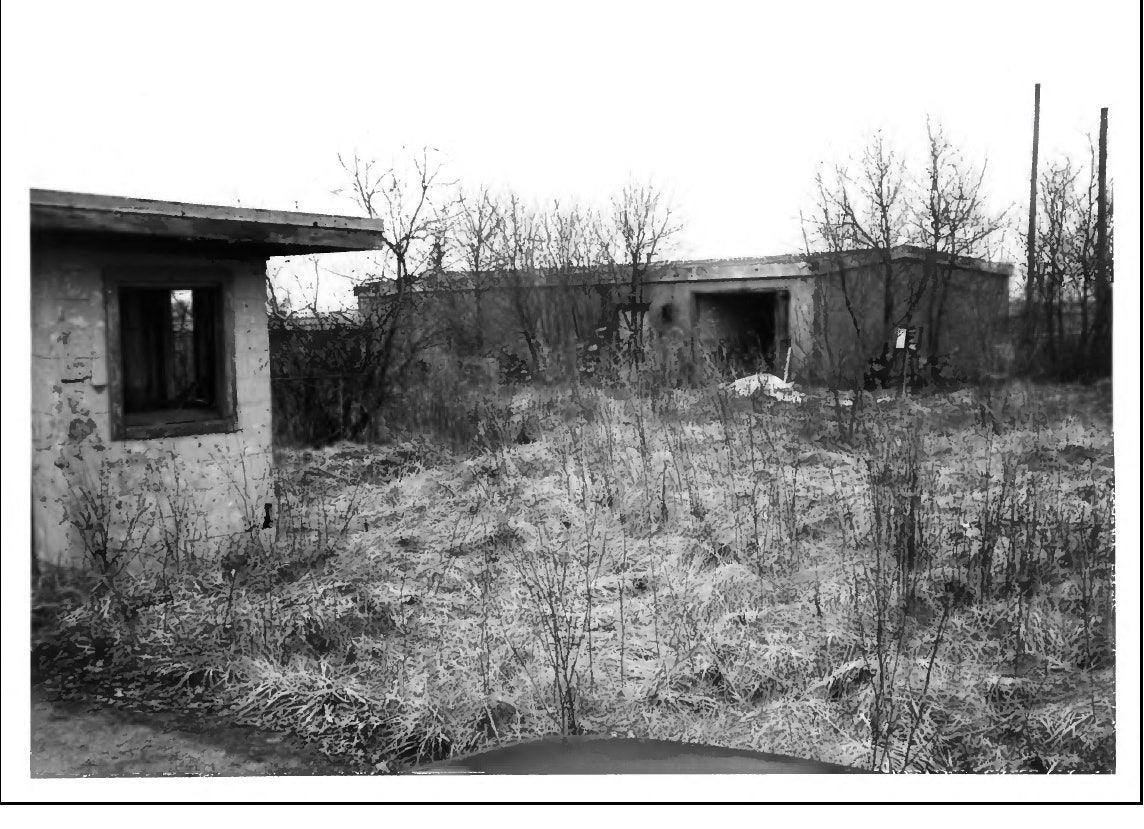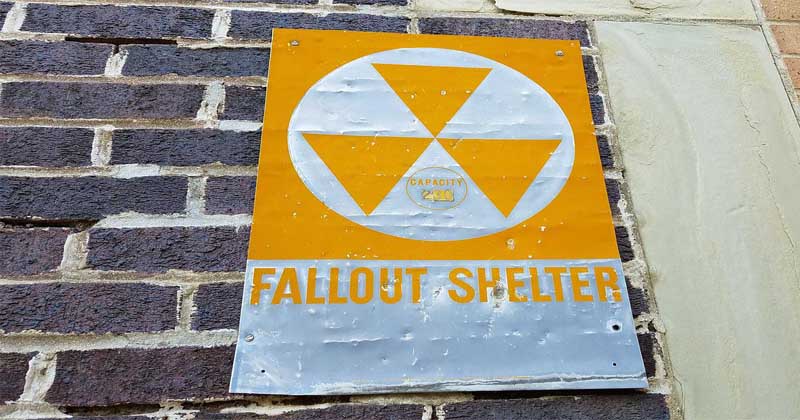

Interestingly, 70 percent were on the upper floors of high rise buildings. The city marked 1,160 of those for emergency use. By 1964, 2,136 spaces had been identified as good sites for shelters in Boston alone. The national program established and stocked shelters for tens of millions of Americans. They also had to offer a so-called protective factor of 40 or more – meaning that anyone sheltering inside would have 40 times less exposure to radiation than someone outside. They had to have room for at least 50 people and give each person 10 feet of space. The other buildings are still around, but all vestiges of their use as a shelter vanished even before the fall of the Berlin Wall and the end of the Soviet Union.Īccording to Colby, all fallout shelters had to meet specific government criteria. The shelter on Murray Street has been gone even longer. The jail has been gone for nearly 20 years. Civil defense coordinators were appointed and the shelters were marked and stocked with provisions. Government architects and engineers visited communities throughout the country and identified places where people could take shelter for a couple of weeks.

They were meant to protect people from the radiation that would carry on the wind after a nuclear attack elsewhere. And so began a program by the Department of Defense to open public shelters where citizens could ride out an attack.įrom the start, the shelters were designed as fallout, not bomb, shelters. Kennedy called on Congress to set aside money to begin building a national civil defense system that would help the country survive the unthinkable. Now a husband and father with school-aged children of his own, Colby maintains a website – – that keeps tabs on news about the civil defense program as well as a history of the shelters.Īmerica started bracing for the possibility of nuclear attack, he said, even before the Cuban missile crisis brought doomsday tensions to a head. While going to school in the city, he became intrigued by old signs designating his middle school as an emergency fallout shelter. Sean Colby grew up in Boston and still works there as a firefighter.


 0 kommentar(er)
0 kommentar(er)
